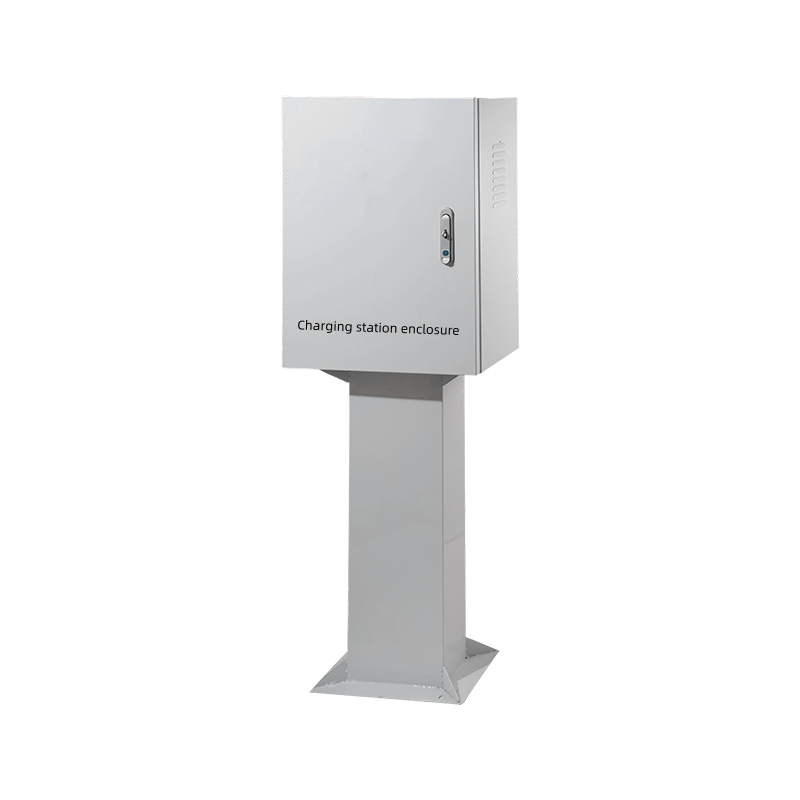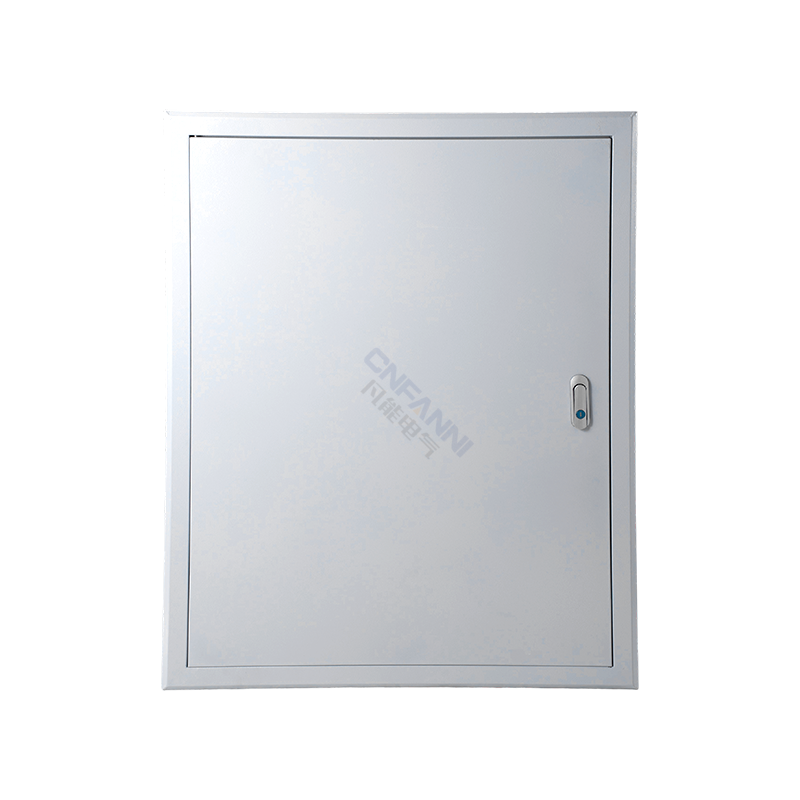The Electrical Enclosure segment has become a key technical focus across manufacturing, utilities, data centres, and large-scale infrastructure projects. Demand is driven by the need for reliable protection of electrical components, enhanced safety compliance, and integration of emerging smart technologies. In 2024, the global electrical enclosure market size reached approximately USD 7.7 billion, reflecting robust investment in industrial automation, energy distribution networks, and modern control systems. Projections place the market at about USD 13.6 billion by 2033, growing at a compound annual growth rate (CAGR) near 5.9 %, highlighting sustained expansion across regions including North America, Europe, and Asia‑Pacific. Factories and design engineers are increasingly focused on optimizing production workflows, improving material efficiency, and integrating advanced features such as thermal management, IoT monitoring, and modular designs to meet the rising technical requirements of modern infrastructure and industrial facilities.

Electrical Enclosure Market Size & Growth in Industrial Tech
From a technology‑centric perspective, factories and engineering teams observe that demand rises where automation, grid modernisation and data centre expansion occur. In the U.S. alone, the electrical enclosure market is estimated at USD 2.10 billion in 2025 and expected to reach USD 3.08 billion by 2030, signalling a CAGR around 7.9 %. A key question for engineering managers becomes: can enclosure sourcing and in‑house fabrication meet growth requirements without compromising design integrity? Continuous improvements in factory workflow and line efficiency support faster production without sacrificing quality.
Electrical Enclosure Material Innovations: Metals vs Composites vs Plastics
Material innovation plays a central technical role in enclosure performance. Metallic enclosures captured around 74.7 % of the market revenue in 2024, while non‑metallic alternatives are forecast to grow at a higher rate (~8.2 % CAGR through 2030). High‑performance plastics and composites are gaining traction: for example, enclosures using composites for EV battery housing yield mass savings of 30–50% compared to aluminium. From a technical design viewpoint: will enclosure design migrate to non‑metal materials to reduce weight, enhance thermal isolation and accommodate embedded sensing? Factories increasingly test hybrid materials to balance durability, weight and cost.
Electrical Enclosure Smart Features: IoT, Monitoring, Thermal Management
The role of enclosure systems is shifting from passive housing to active monitoring platforms. Real‑time sensor integration, humidity control, EMI shielding and remote diagnostics are increasingly embedded. Sustainable industrial enclosure cooling is prioritised, with integrated cooling solutions and digital design tools playing a key role. Compact form‑factor enclosures (10‑50 L) held roughly 53.6 % of the market share in 2024, while free‑size units grew faster at ~7.9 % CAGR through 2030. A factory engineer might ask: how many enclosures include remote monitoring modules and thermal control loops versus traditional passive cabinets? Advanced factories leverage thermal simulation software to optimise enclosure performance under varied environmental conditions.
Electrical Enclosure Factory & Design Challenges: Cooling, Modularity, Compliance
On the manufacturing side, design teams face multiple technical challenges: ensuring enclosure cooling under high‑density electronics, enabling modular updates as control systems evolve, and meeting evolving safety and EMI compliance standards. Modernisation in infrastructure and smart grid projects is pushing enclosure demand where protective features such as dust‑tight, explosion‑proof, climate‑controlled enclosures are required. Factories achieving 90–95% on‑time testing completion for these advanced enclosures report fewer field failures and lower maintenance calls. Production scheduling and predictive maintenance software are increasingly integrated to maintain continuous throughput.
In summary, Electrical Enclosure technology is undergoing rapid evolution as material science, embedded electronics and industrial automation combine to raise performance expectations. Firms that engage at the intersection of smart features, high‑performance materials and manufacturing efficiency gain a strong advantage. Attention to Electrical Enclosure design, factory readiness and technical benchmarking ensures robust deployment across utilities, manufacturing and infrastructure sectors.

 English
English русский
русский عربى
عربى








